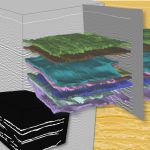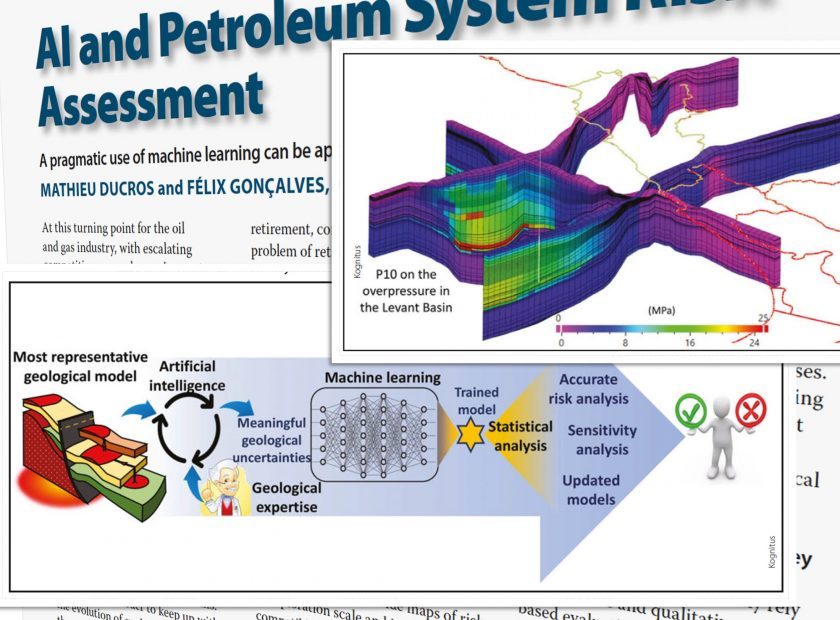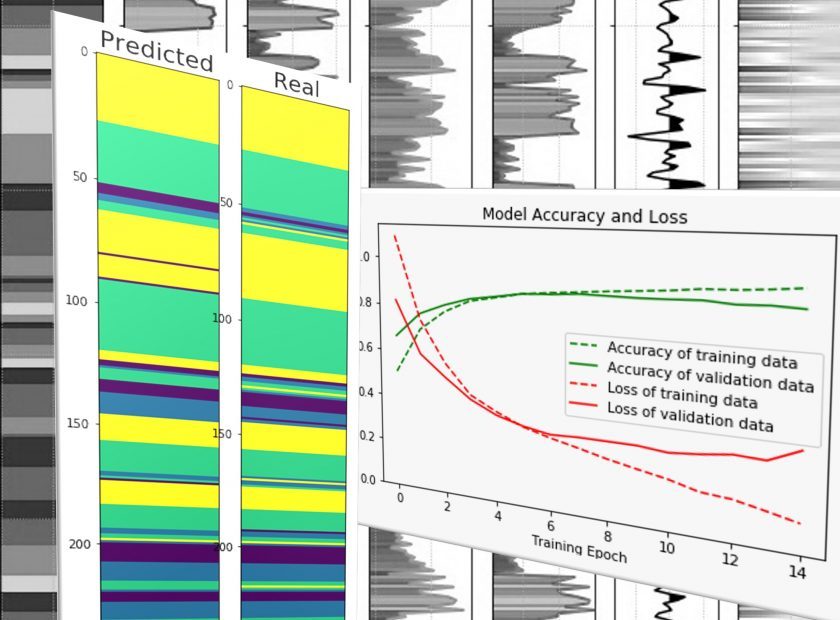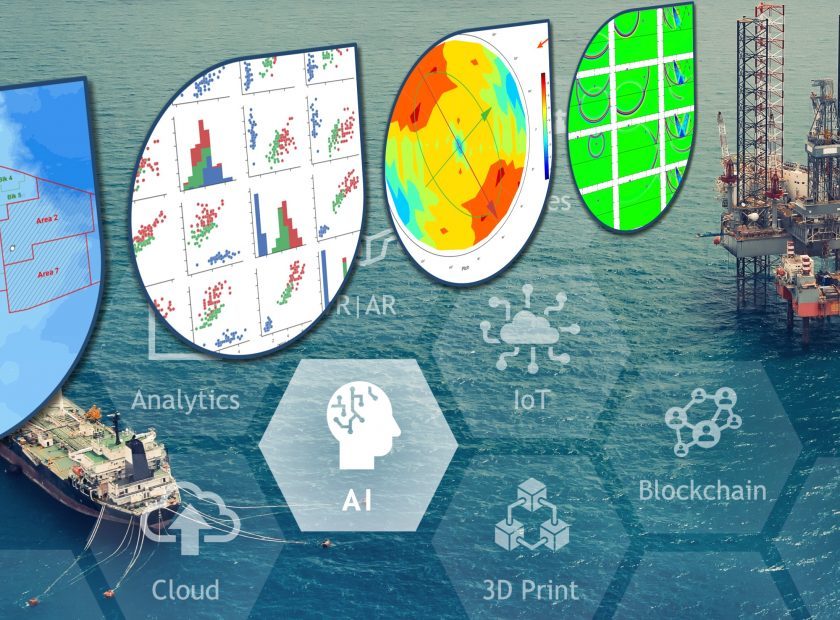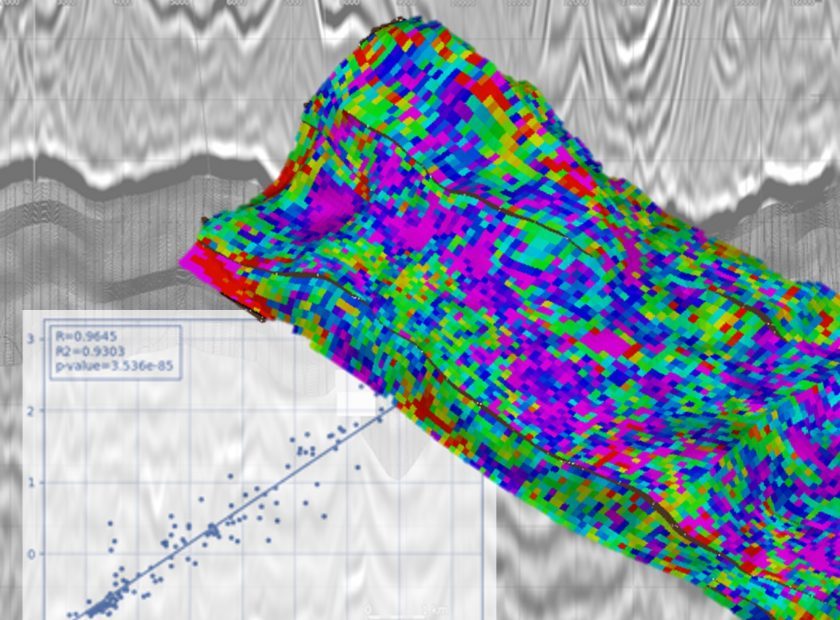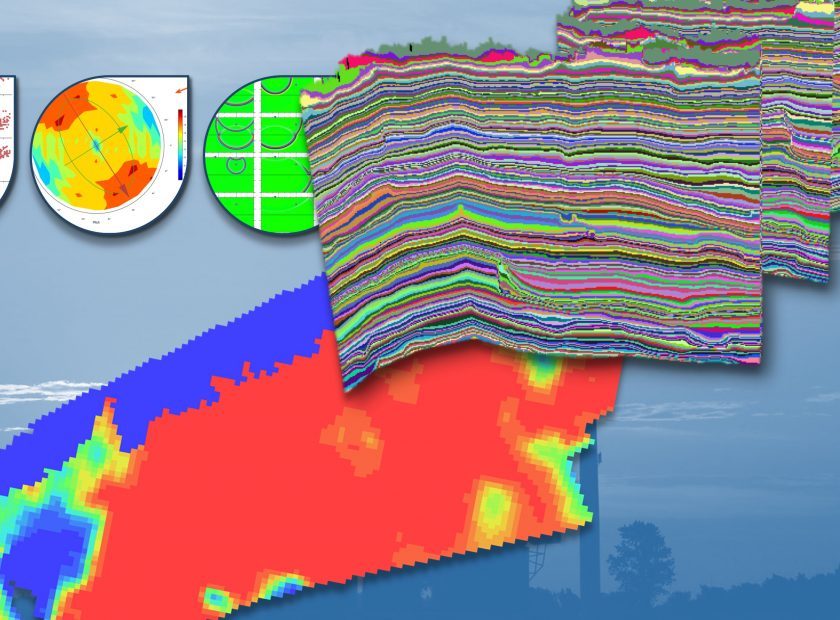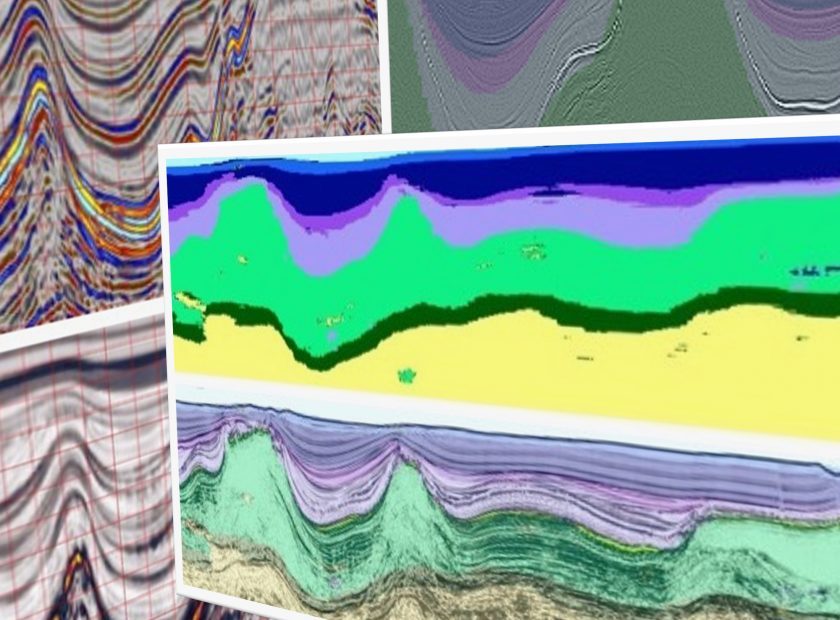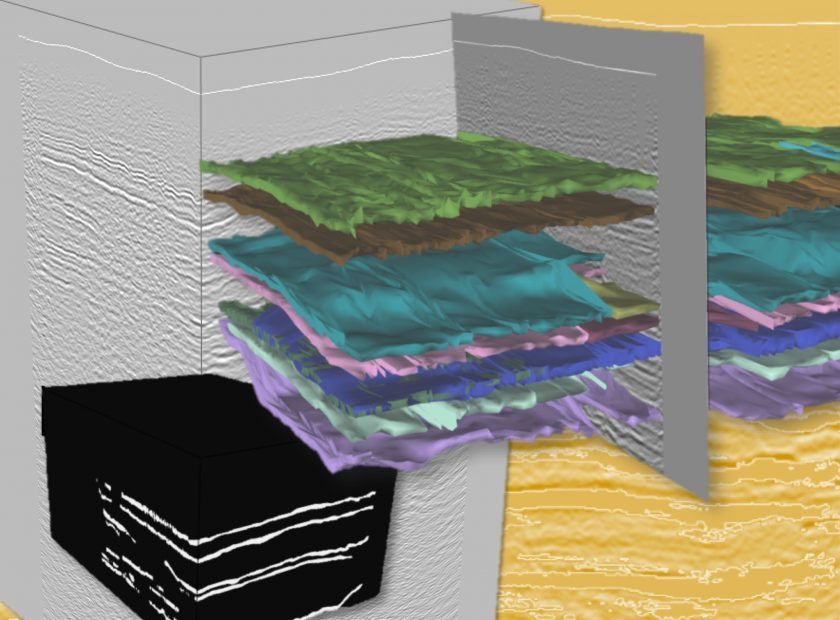The Geological Society – Workshop Basin and Petroleum Systems Modelling: Best Practices, Challenges and New Techniques
In the last decade, a series of light oil and gas discoveries renewed interest among oil industry players in the deep and ultra-deep-waters of the Sergipe-Alagoas (SEAL) Basin (Rodriguez et al., 2017). Some oil seeps are observed in the basin and could be used to guide the exploration. Although oil seeps are considered a strong indicator of the presence of a working petroleum system, they often cannot be unequivocally associated with a particular petroleum accumulation, notably in offshore areas.
In this study, we used a combination of 3D Petroleum System Modeling with a Machine Learning-powered global sensitivity analysis to investigate the occurrence and geologic controls of oil seeps in the deep offshore SEAL basin. The integration of SAR images and oceanographic modeling (Mano et al. 2014), and piston core data provide the basis for locating the oil seeps in the seafloor.
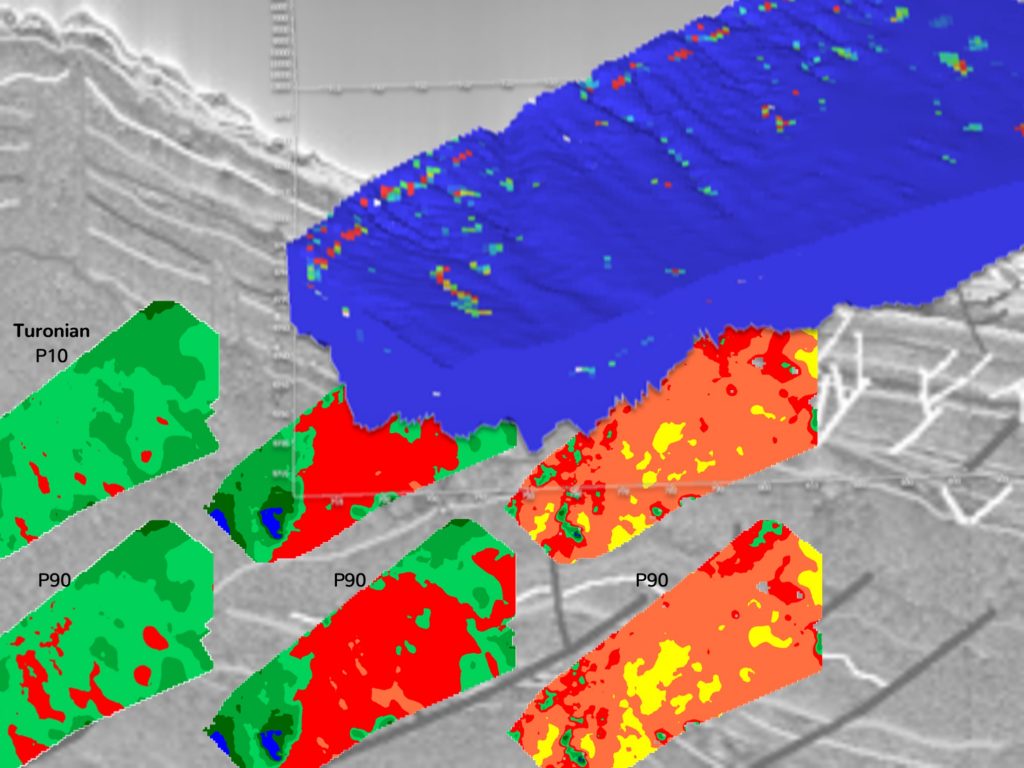
The global sensitivity analysis was performed using a modern Machine Learning approach to account for geological uncertainties and rank the main geological features responsible for the observations (Ducros & Nader, 2020; Ducros & Gonçalves, 2020). The analysis accounted for several input parameters, such as the organic richness of source rocks, effectiveness of seals, and nature of the overburden sequence.
The results indicate that hydrocarbon charge is not a limiting factor in the area. The quality of the Campanian-Maastrichtian seals appears to control the volume of accumulated hydrocarbons in the known fields. Seeps occurrences generally occur associated with prominent structural highs and seem strongly influenced by the sealing capacity of the overburden.
Only one observed seep can be unequivocally related to a known petroleum accumulation. The origin of all the other seeps can be explained without the existence of an underlying hydrocarbon occurrence. Therefore, although seeps in the study area cannot be used as direct indicators of petroleum accumulations, they are solid evidence of a working source rock and can be employed to constrain better the sealing effectiveness of the overburden.
The results further indicate that a more detailed risk analysis integrating the geometrical uncertainties related to time to depth conversion and the distribution of the reservoir bodies, for instance, would improve constraining the sealing capacity of the Campanian-Maastrichtian layer. Risk analyses show that a better understanding of the seal properties would help to reduce the uncertainty on the prediction of trapped hydrocarbons properties (GOR and API).
This study demonstrates how a robust sensitivity and risk analysis powered by machine learning can bring valuable insights into petroleum system risk assessments more efficiently than classical scenario testing approaches.


